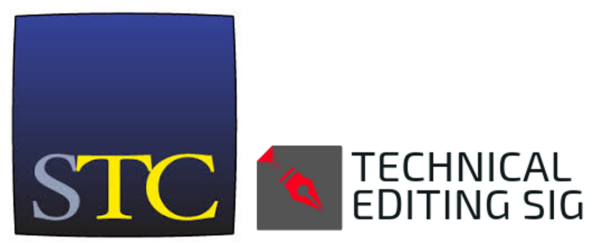As a TechComm editor, you often work with old legacy content that is overly formal, poorly structured, and contains unnecessary information.
Your challenge is to reduce complexity and remove unnecessary content to improve the user experience. But how do you get started?
On 8 September 2022 at 10 AM ET (for
your local time zone, go to https://bit.ly/3KHn0A1), join renowned speaker Leah Guren to learn:
- Why fluff is so bad
- Why lean content is a future-proof TechComm skill
- How to identify common forms of fluff
- How to edit aggressively
- How to think creatively to solve structure problems
- …and more!
To order tickets for this webinar, go to: https://www.eventbrite.com/e/editing-for-leaner-modern-content-tickets-387978854197

 Tweet them to
Tweet them to  Email them to
Email them to  Post them to our
Post them to our 